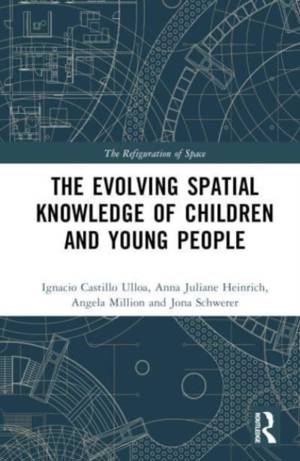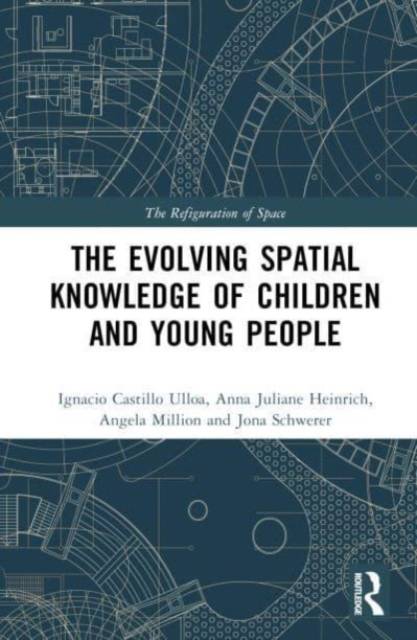
- Retrait gratuit dans votre magasin Club
- 7.000.000 titres dans notre catalogue
- Payer en toute sécurité
- Toujours un magasin près de chez vous
- Retrait gratuit dans votre magasin Club
- 7.000.0000 titres dans notre catalogue
- Payer en toute sécurité
- Toujours un magasin près de chez vous
The Evolution of Young People's Spatial Knowledge
Ignacio Castillo Ulloa, Anna Juliane Heinrich, Angela Million, Jona SchwererDescription
Young people imagine, perceive, experience, talk about, use, and produce space in a wide variety of ways. In doing so, they acquire and produce stocks of spatial knowledge. A quite dynamic and ever-changing process by nature, young people's production and acquisition of spatial knowledge are susceptible to many kinds of conditions--from those that shape their everyday routines to those that constitute historical turning points. Against this backdrop and drawing on a qualitative metaanalysis, the authors set out to discover what changes the spatial knowledge of young people has undergone during the past five decades. To that end, sixty published studies were sampled, analyzed, and synthesized to offer a meta-interpretation in terms of both the evolution of young people's spatial knowledge and the refiguration of spaces. As such, this book will appeal to scholars conducting spatial research on childhood and youth as well as scholars interested in urban studies from diverse disciplines such as sociology, anthropology, geography, architecture, urban planning, and design.
The Open Access version of this book, available at http: //www.taylorfrancis.com, has been made available under a Creative Commons Attribution-Non Commercial-No Derivatives 4.0 license. The Open Access fee was funded by Technische Universität Berlin
Spécifications
Parties prenantes
- Auteur(s) :
- Editeur:
Contenu
- Nombre de pages :
- 268
- Langue:
- Anglais
- Collection :
Caractéristiques
- EAN:
- 9780367568658
- Date de parution :
- 07-09-23
- Format:
- Livre relié
- Format numérique:
- Genaaid
- Dimensions :
- 156 mm x 234 mm
- Poids :
- 571 g

Les avis
Nous publions uniquement les avis qui respectent les conditions requises. Consultez nos conditions pour les avis.






